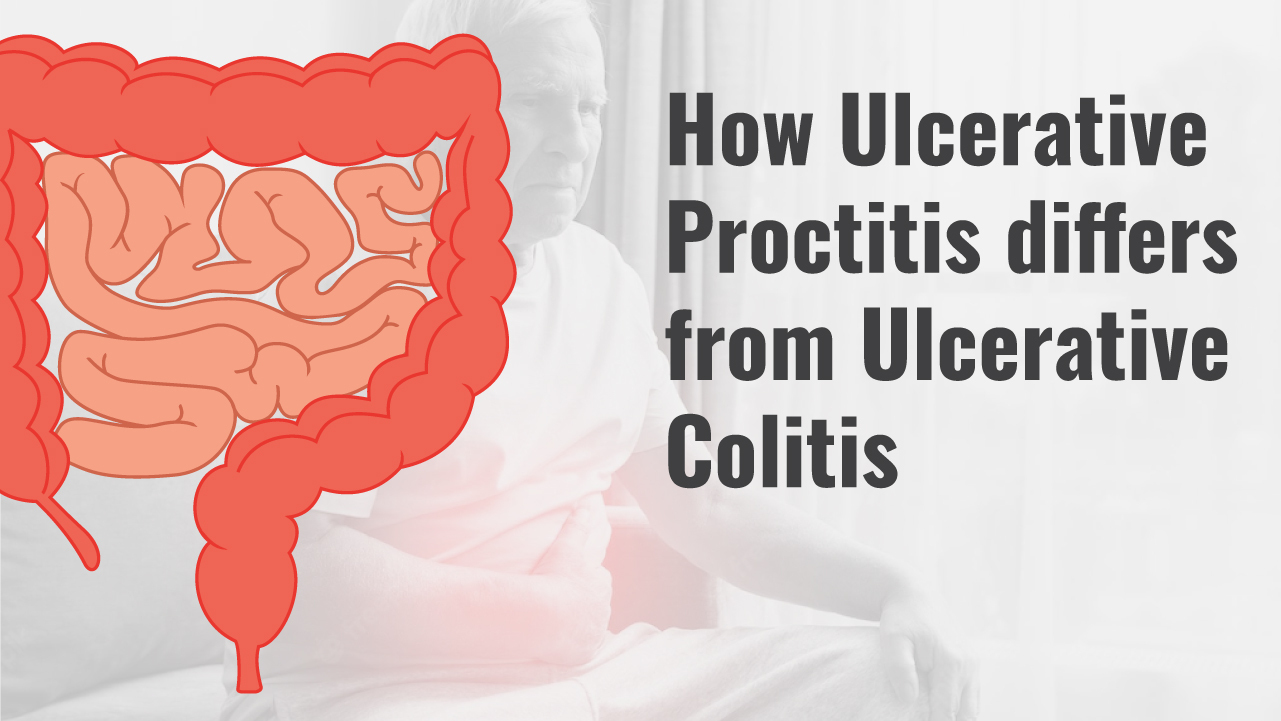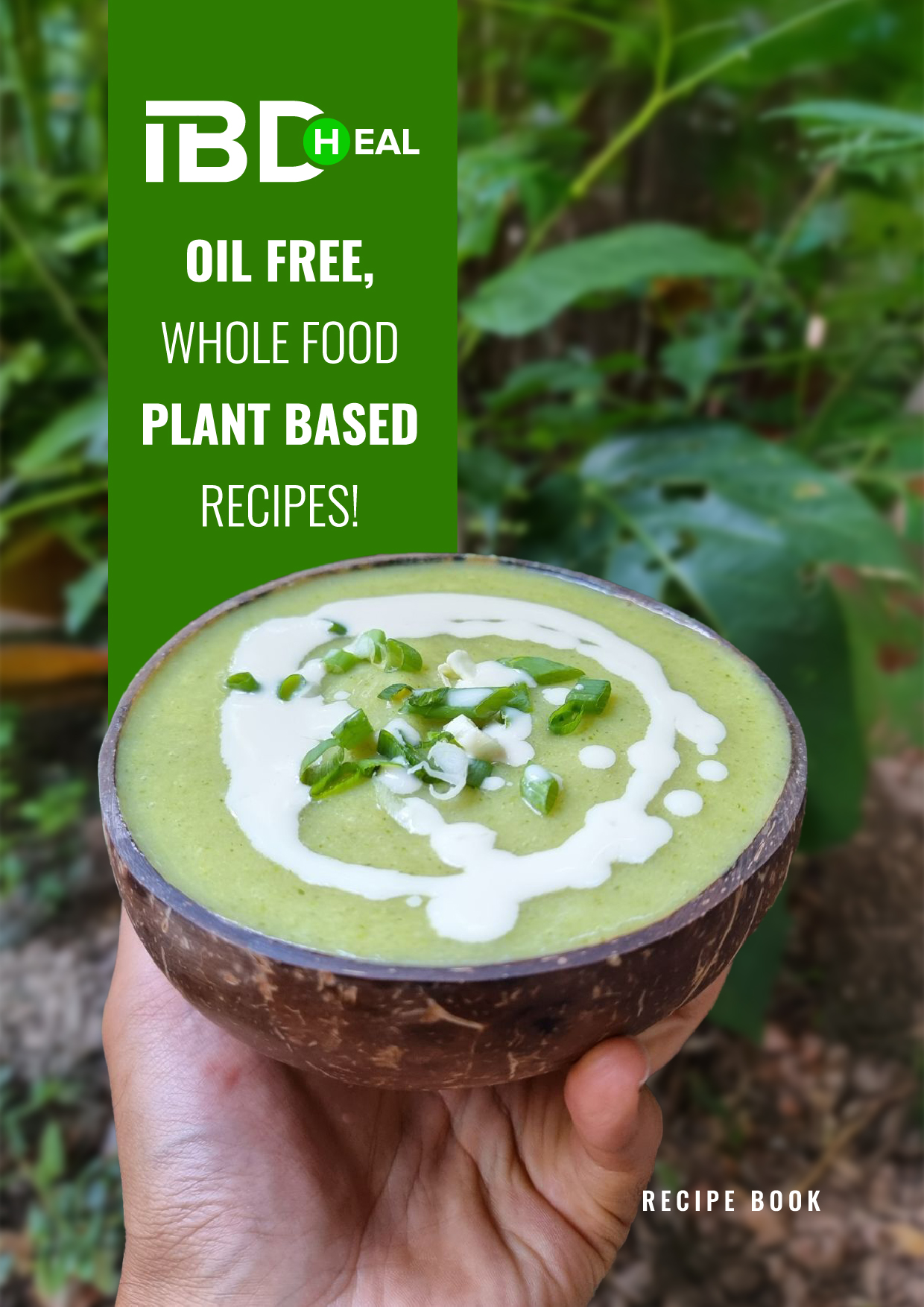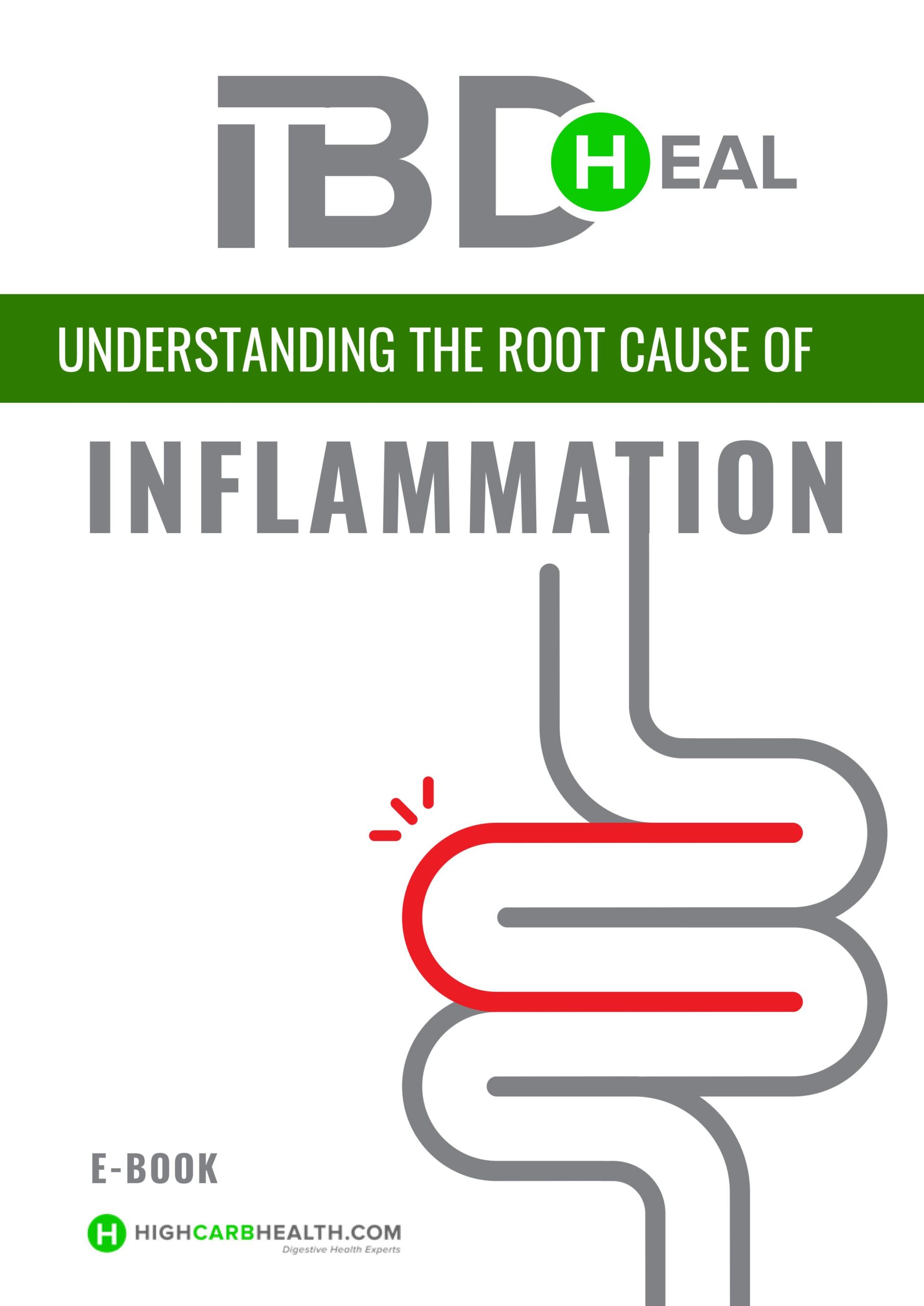
Ulcerative Proctitis vs. Ulcerative Colitis
Living with a chronic disease diagnosis can be scary. But learning about the illness and the management of the symptoms will aid you to lead a wellness path. A layman could easily be confused between Ulcerative Proctitis and Ulcerative Colitis, whenever they think about colon inflammation. But they differ in various ways.
Read on to know how these two differ Ulcerative Proctitis vs. Ulcerative Colitis and how to manage them both. We hope we can help you with information and resources to get you feeling better physically and emotionally.
Ulcerative Colitis
Ulcerative Colitis chronic disease affects the colon lining of the large intestine and causes open sores and ulcers. This condition is the result of the immune system’s overactive response.
What can cause ulcerative colitis?
There are several factors that are related to ulcerative colitis. The most commonly observed causes are an abnormal immune response, genetics, microbiome, and environmental factors. Some researches also suggest that it can be triggered by a virus or bacterial infection in the colon.
In the case of ulcerative colitis patients, the inflammation persists long after the immune system should have finished its job. The body continues to send white blood cells into the lining of the intestines, where they produce chronic inflammation and ulcers.
Ulcerative Proctitis
It is a milder form of ulcerative colitis, which consists of ulceration in the inner mucosal lining of the large intestine. It does not penetrate to the muscle wall of the bowel. The inflammation begins at the rectum and doesn’t spread much into the colon. Nearly a quarter of cases diagnosed with ulcerative colitis might actually be ulcerative proctitis.
What can cause ulcerative proctitis?
The actual cause of the inflammation is still unknown, but there is considerable evidence pointing towards the environmental factors, intestinal flora, immune dysregulation, and genetic predisposition. The genetic transformation is slightly higher in this case. However, it is still unclear why the inflammation is limited to the rectum.
Can I die of ulcerative colitis? Or ulcerative proctitis?
“Are they fatal?” – This is one of the most frequently asked questions when one realizes that one has to fight against this chronic disease. Even though it is a long-term situation, the condition itself is not fatal but can cause life-threatening complications. Talking about ulcerative proctitis, the symptoms are quite similar to that of ulcerative colitis. However, ulcerative proctitis is not as serious as colitis, as it is limited to the rectum.
Prevention for Ulcerative Colitis & Proctitis
Everyone is at risk of being infected, as the exact reason is still unknown and there is no permanent solution. Below mentioned are a few tips for overall good health:
- Include antioxidant-rich fruits (blueberries, cherries, and tomatoes) and vegetables (Broccoli, spinach, carrots, and potatoes).
- Balance your diet with B-vitamins, calcium, and magnesium. Fruits, beans, whole grains and leafy green vegetables are a great source.
- Avoid refined foods such as white bread, pasta, sugar, and trans fat.
- Avoid meat and other animal products.
- Restrain from consumption of caffeine, alcohol, and tobacco.
- Increase your water consumption.
- Exercise every day and practice yoga or meditation.
Final Words
While ulcerative colitis is an inflammation in the large intestine colon lining, ulcerative proctitis is a type of UC. The other types of UC include proctosigmoiditis, left-sided colitis, and pancolitis. These types are categorized based on what part of the colon or rectum is inflamed.
The major difference between proctitis and the other types is that the inflammation in the case of ulcerative proctitis is limited to the rectum, while other forms have inflammation in more than one section of the intestine.
With the HCH recommended healthful living, one can keep proctitis under check and thus decrease the flare-ups. By adopting this, severe colitis can also be reduced. At HCH, we endorse natural healthful living, through an aesthetically developed diet. The diet usually consists of fruits, vegetables, whole grains and legumes. Ideally, fruits should be eaten in a fresh, raw, natural state in combinations that are compatible with digestive chemistry. Such healthful living recognizes that the body maintains itself in perfect health, completely free of disease if its needs are correctly met.


